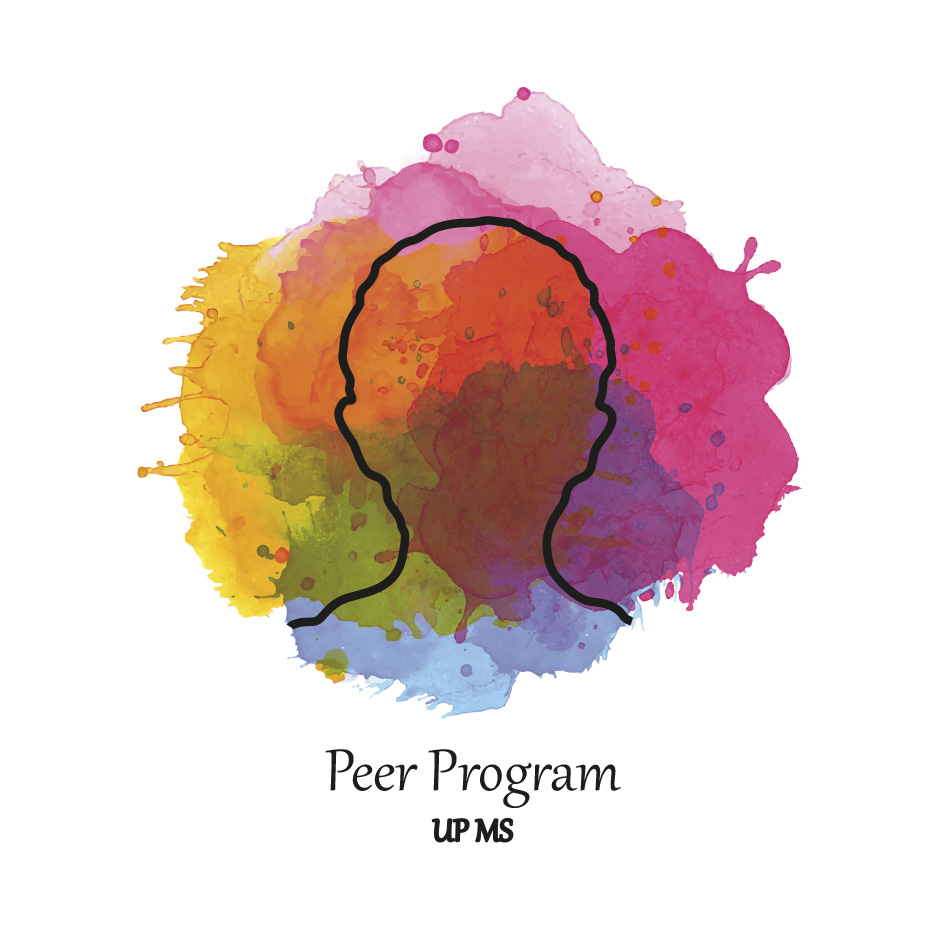Do I need coaching? pt.2.

We already established the position coaching holds in relation to the other helping professions in a previous article, so now we will attempt to find answers to what aspects should be considered when choosing a coach and how the sessions and the whole process looks like in practice.
How should I choose a coach?
The coaching profession is not (yet) strictly regulated, so as with any helping profession, it's a good idea to choose carefully who you trust. Nowadays, there are many coaching organizations, which are brought together by an umbrella organization, the Association of Hungarian Coaching Organizations (here), which represents the interests of 10 associations. Why is this important? Each of these associations has a code of ethics. Coaches who are members of one of these associations can be investigated for any ethical issue, while coaches who are not members of any association cannot be held ethically liable for any issue or can only be held legally liable. If you do not find a suitable candidate through a friend’s or an acquaintance’s recommendation, it is worth checking whether the coach you are considering is a member of an official coaching organization. The Coach Register website - which has been set up to allow practicing coaches with proof of their qualifications to register on this platform- can also help you make the right choice.
Once you have chosen a coach, it is important to lay the groundwork in the first session. Coaches who are members of an organization must adhere to certain ethical standards. The International Coach Federation (ICF) framework, for example, is based on the following points (which is explained in detail as well):
A. Basic principles
1. Behaves ethically
2. Operates in a coaching mindset
B. Developing a relationship with the client
3. Makes and keeps agreements
4. Promotes and maintains trust and sense of security
5. Is consciously present
C. Effective communication
6. Actively listens
7. Promotes awareness
D. Promotes learning and development
8. Facilitates the development of the client
As explained in the previous article, coaching is not therapy and therefore cannot replace it. Although coaching methods can also be used to look at how we function as a person and aim to change and refine it where necessary, it cannot replace the expertise of other helping professions. This should always be made clear by the coach before the beginning of the coaching process, stating what they are competent in and what is potentially beyond the limits of their competence.
What are the characteristics of the coaching process?
Coaching is a personalized development method where the goal is to " unlock people's potential to maximize their own performance." (Whitmore, 2017. p. 24.) It can also be described as a guided conversation where there is a goal that is set and that goal is explored and made conscious to the client in a complex, systemic way.
- Result-oriented: there is always a goal that we have in mind when we work together. This goal is defined by the client, where do they want to be at the end of the process?
- Action-oriented: the emphasis is on the client's ability to take control of their own life and it is their responsibility to apply the techniques discussed and practiced during the sessions to their own life. It is the coach's responsibility to make the client aware of this and to strengthen the client in their ability to act.
- Systemic: It often happens that the process starts with an examination of one area of life, which then turns out to spill over into other areas. Human existence is a complex system with interconnections and interdependencies, and this system will have the same impact on the coaching process.
- Personalized: No two coaching processes are the same, just as no two people are the same. One of the absolute advantages of the one-on-one processes is that they are completely tailored to the needs of the client, who wants to change at their own pace.
In any coaching process, our aim is to ensure that the above-mentioned aspects characterize/motivate the coaching process, which thus turns into more than just a casual conversation.
How does a coaching process work?
The length of the coaching process depends on the topic and the client. Some people prefer to maintain contact with their coach less frequently, but on a regular basis and over a longer period of time, some people would like to work on a specific issue, while others only use coaching in certain (stressful) life situations.
In general, we mean 6-10 sessions when we talk about a coaching process. The individual sessions are between 60-90 minutes in length. My personal preference for managing an active process is to meet with the client every 2 weeks. (After the given challenge is completed, my preference is to either meet on demand but less regularly, or to start a new coaching process for a new challenge.) I would argue that a significant part of the coaching work - and here again I would draw attention to the key role of the client's capacity and willingness to act - is not accomplished during sessions, but in between sessions. The session is a starting point - or possibly a summarizing point - where we look at what has happened so far, draw the necessary conclusions, and formulate our action plan, but it is only afterwards that the real work actually begins.
How does a coaching process work?
There are many models for describing the coaching process, of which GROW and DIADAL (the acronym translates to “success” in Hungarian) are probably the most well-known. Since DIADAL is the model of a Hungarian coaching expert, Laura Komócsin, I will briefly describe the coaching process based on it (supplemented by my own experiences at each stage):
- Diagnosis: in this phase, the coach assesses what the client's situation is, what challenges the client is currently facing. To assess this, there are many different tools to choose from. However, no good diagnosis is possible without the client's trust, so in the initial stage, the primary goal should be to establish a relationship of trust rather than "questioning the patient".
- Determining the direction: once we have identified with the client what "hurts" them the most and what issue(s) they would like to work on, the goal-setting phase begins. This is where we outline the specific, realistic, achievable goal that the client wants to work towards.
- Alternatives: in the “alternatives” phase, we explore the options that the client can take to achieve their goal. Often clients are surprised that there aren’t only 1 or 2 ways to achieve their goals. However, in order to make the best possible decision, these alternatives need to be carefully considered and weighed against each other.
- Decision-making: sometimes making the decision is easy in light of the gathered information, but at other times there are still many questions that cannot be answered or prepared for in advance, and such a situation can make it difficult to make a decision. The coach's task is to support their client in making a decision, but this does not mean steering the client in a certain direction that the coach considers to be the right one.
- Application: Although we often think that making a decision is difficult, it is actually its consistent implementation, the long-term maintenance, the staying on track that consumes a lot of energy. Putting into practice the decision the client has made can often be the turning point in a process, or even the point where a process gets stuck. There is no need to be scared or discouraged, some things simply take more time to achieve than we first expected.
- Closure: When we have reached the goal set by the client, we stop. Closure also includes celebration and the rite of retrospection, acknowledging the journey, with all its difficulties and beauty, celebrating the client's courage, perseverance and achievements.
Naturally, not all processes can be described so clearly, we may jump between stages within one session, or return to a stage we have already completed in a later session for a re-evaluation. Just as no two people are the same, no two processes are the same. This structure can be a good guide for the coach - and for the client - to help the client experience their own awareness, to look more closely at their own functioning - where am I now? - but it should certainly not serve the purpose of making the process predictable or even over-planned.
What can I expect at the coaching sessions?
The coach may use a variety of tools and methods to push the clients out of their comfort zone during the coaching sessions.
Methods we can work with during coaching:
- Open ended questions: There are many types of questions, and they are particularly important in the coaching process. Our aim is to explore the other person's current challenge from different angles, to help them change their perspective, to move them out of their habitual thought patterns, to support the learning process or to help them understand what feelings are at work in a certain situation and what knowledge will help them overcome obstacles. Reframing is also a way of looking at a situation from a different perspective, which helps us find our own solution to an issue.
- Personality tests (communication tests, conflict management, empathy, teamwork): completing and discussing these tests together can help the client to look at his/her own functioning and even to understand more easily how and why others function the way they do.
- Self-awareness exercises: can help the client become aware of his/her own functioning, preferences and provide an excellent opportunity for self-reflection.
- Self-awareness exercises: they can help the client become aware of his/her own functioning, preferences and provide an excellent opportunity for self-reflection.
- Writing exercises (journaling, action planning, lifewheel): these exercises can help with goal setting, decision-making or even understanding past patterns.
- Working with images and visualization techniques (Points of You cards, simple drawing exercises): working with images and visualization techniques can help the client unleash his/her creativity.
- +1 Silence: although it may not seem like much added value, a well-chosen moment of silence is sometimes the best way to let a sentence spoken, or even an unspoken thought, float between us and work freely at its own mode and pace, in the client.
If someone likes to read stories and might be interested in an essential extract of coaching processes, there are a few examples available on the book market (for example here). Reading other people's challenges and solutions can make you think more about your own life and may even give you the initial push to start your own story.
Finally, here's an exercise you can try at home if you want to look at how certain areas of your life are functioning and formulate the challenges associated with them.
Literature:
Komócsin Laura (2018): Módszertani kézikönyv coachoknak és coachingszemléletű vezetőknek I. Budapest. Manager Könyvkiadó-Business Coach Kft. 322 oldal


